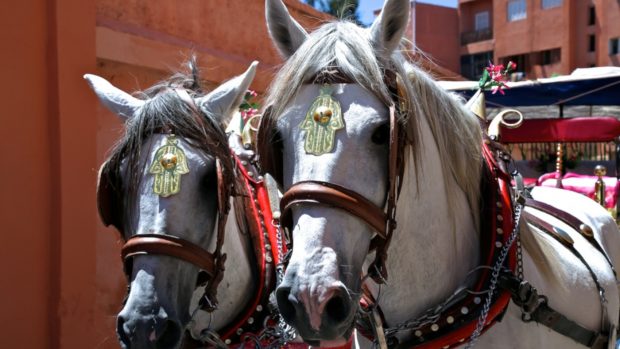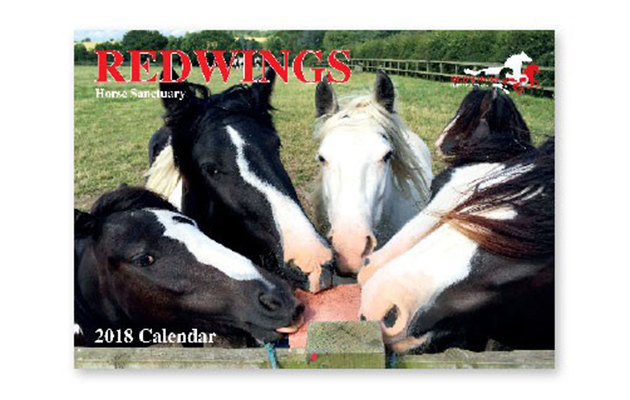Working animals might be a distant memory in Britain, but on International Working Animal Day today (15 June 2017), working animal charity SPANA (Society for the Protection of Animals Abroad) takes a look back at the role they played in British society — and the plight of working animals around the world today
In 1900 almost every vehicle on the streets of London was horse-drawn and pit ponies were still working underground in British coal mines in 1999 — yet new research by international animal charity SPANA (Society for the Protection of Animals Abroad) reveals that nearly 40 per cent of the nation doesn’t know what a working animal is, with 22 per cent of Brits confessing to have never heard the term ‘working animal’ before.
For centuries, working animals — such as horses and oxen — were the main source of power in the UK, driving agriculture, transport, mining and warfare. They helped build our towns and cities, farmed our land and were our main form of transport.
But in 2017, over 200 million working animals, such as horses, donkeys and camels, continue to be relied upon by one billion of the world’s poorest people.
These working animals often lead short, hard lives in tough working conditions, with inadequate nutrition and no access to veterinary treatment.
SPANA has been a charity for working animals of the world since 1923, providing free veterinary care to horses, donkeys, mules, elephants and camels in some of the world’s poorest countries. The charity improves the welfare of working animals in three ways: free veterinary treatment, education and community training, and emergency and outreach projects.
Continued below…

Racing heavyweights reign supreme
The thunder of hooves on the track -

SPANA in Morocco: Donkey car parks, deep wounds and strangles
H&H's Sophia Heath visits our charity of the
Timeline of working animals in Britain
2500BC – The domestication of horses, and their use to pull vehicles, had begun in Britain.
1086 – Over 95% of draught animals on the land were oxen, according to The Domesday Book.
1100s – Horses were used for harrowing land for arable crops, and horses and carts increasingly transported farm goods.
1400s – Horse-drawn four-wheeled wagons introduced in Britain, means that heavier loads could be hauled by horse teams on poor quality roads. Pack horses were also used for transport.
1500s – Horse teams were beginning to replace ox teams in ploughing work, due to their greater speed, strength and agility.
1669 – Use of fast horse-drawn coaches (“Flying Coaches”) began.
1750 – First recorded use of ponies underground in Britain, at Durham coalfield.
1774 – There were just over 200,000 working oxen in England. For two thousand years, oxen were the main beasts of burden on British farms and roads, but by 1840 they had all but vanished, replaced by horses.
1784 – First regular mail coach service ran, between Bristol and London. Horse-drawn vehicles continued to carry the Royal Mail in Cornwall until 1919.
1878 – Over 200,000 pit ponies were estimated to be working in British mines.
1900– More than 300,000 horses were needed in London, pulling carriages, cabs, buses, trams and delivery vans. Almost every vehicle on London’s streets was horse-drawn.
1901 – An estimated 3.25m horses were working in Britain, with half used on farms.
1915 – Horse buses and trams had disappeared in London, and motor taxis outnumbered horse-drawn cabs.
1917 – Britain had over one million horses and mules in service in the First World War (over the course of the war Britain lost more than 484,000 horses).
1921 – London Fire Brigade said goodbye to its last horse-drawn fire engine.
1940 – Britain’s railways used 11,163 horses.
1942 – Horses still outnumbered tractors on British farms by 30 to 1. Tractor numbers overtook horses in the 1950s and working horses had virtually disappeared from agriculture by the 1970s.
1942 – The British Army still employed 6,500 horses, 10,000 mules and 1,700 camels in the Second World War.
1950s – House-to-house deliveries of milk and coal were still made by horse and cart throughout Britain, with refuse collections carried out by the ‘rag-and-bone man’.
1967 – The last British Railways horse was retired.
1978 – Only 12 ‘rag and bone men’ were still working in Manchester and Salford, using a horse and cart for collecting waste and trading. By 1965, only a few hundred remained in London.
1999 – The last two pit ponies working underground in British coal mines were retired in South Wales.





















